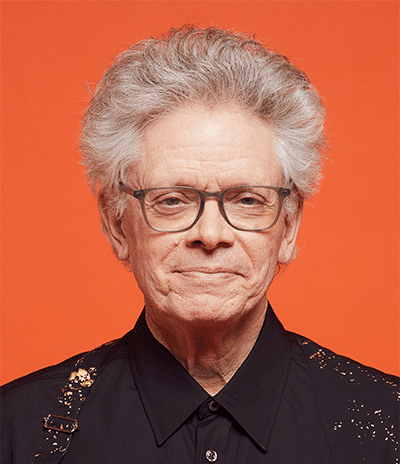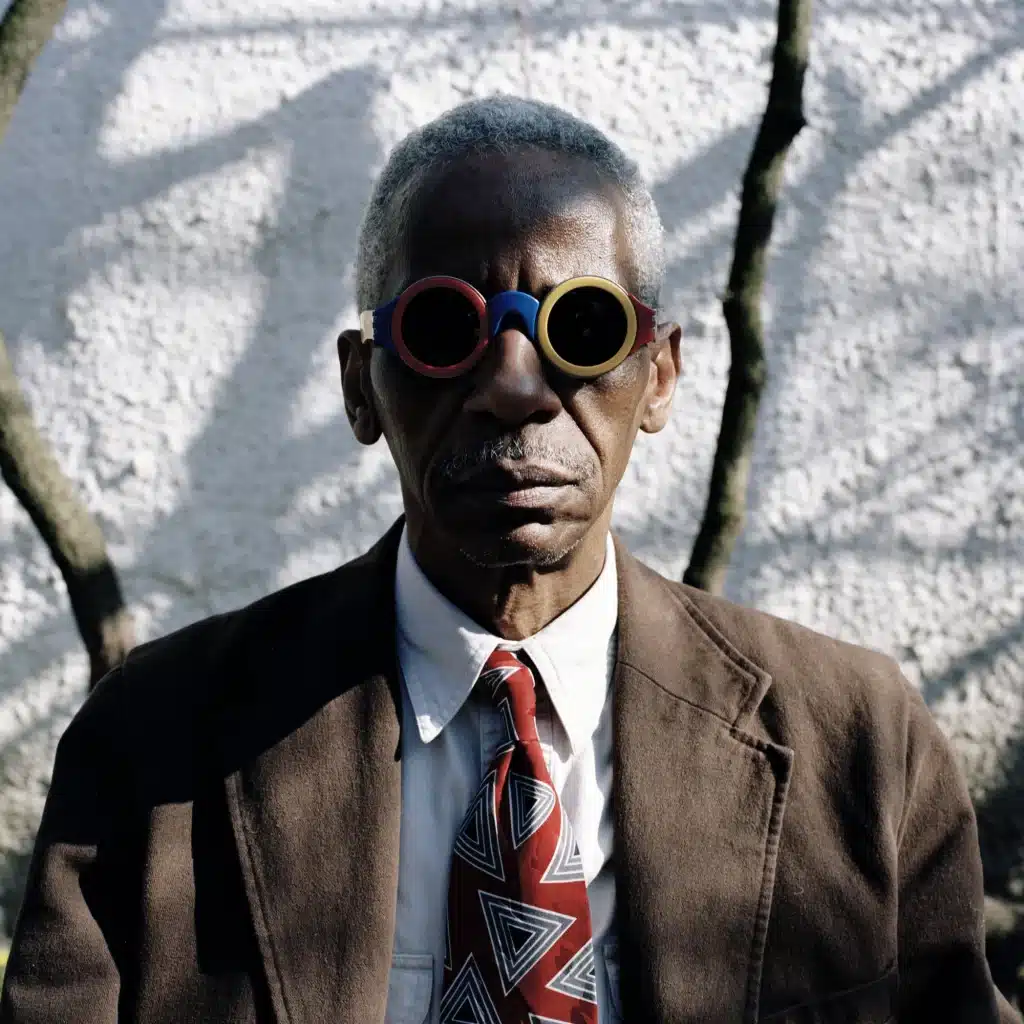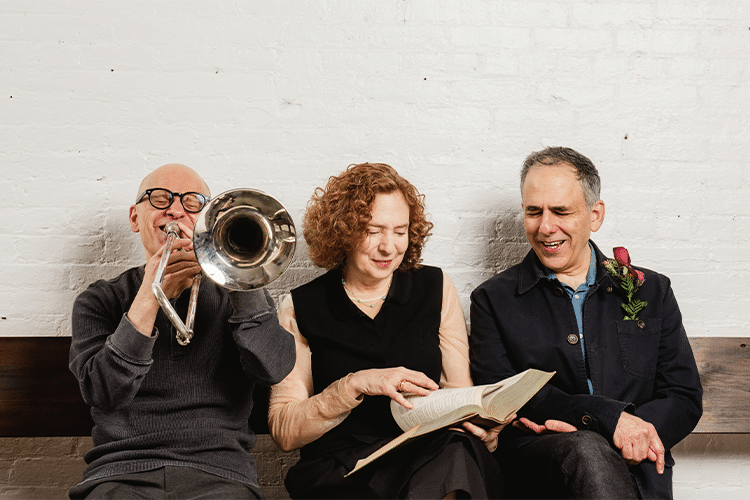Under Cecil's Sun
In this issue, we asked musicians from all corners—as well as writers, painters, and actors—about the musical experiences that changed their lives. For violinist David Harrington, it was two notes of a relatively obscure 1917 recording. For composer Chen Yi, it was a mother’s lullaby for her child, sung on a Chinese farm. For pianist Jason Moran, it was listening to Chuck D rap on an early hiphop hit in his family’s kitchen.
In this article, Archie Rand writes about his mentor, Cecil Taylor.
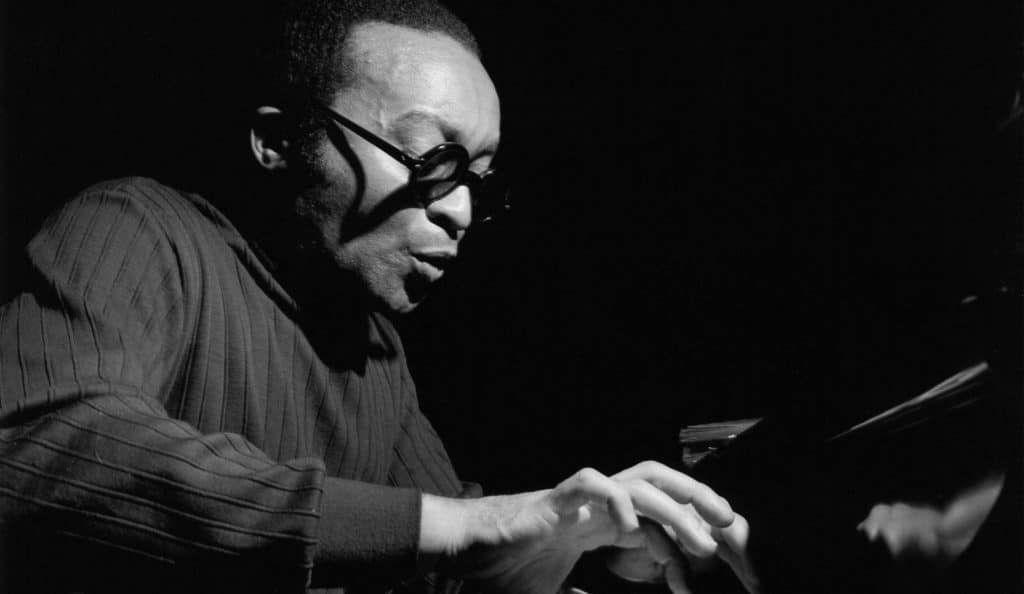
1964. Pressed against teenaged ears the transistor radio injected shots of Murray the K, Cousin Brucie, and the WMCA Good Guys. Motown, The Beach Boys, and The Beatles hung thick in the air, a relentless current whose velocity swept the desiccated Fabians and Frankie Avalons out to sea.
Radio was big. And there was respectful room for those smaller voices who peacefully inhabited the dial. WWRL had soul, WNCN and WQXR had Western symphonic, WJRZ in Jersey had Jerry White’s urban folk. Sometimes, late at night, you could pick up bluegrass from WWVA in Wheeling, West Virginia.
There was jazz on the radio. WKCR had good jazz programming, WLIB had Billy Taylor, WRVR had Ed Beach, and there were a few others. But most importantly, battling head-to-head in competing time slots, were the great jazz DJs—Mort Fega, whose background track of Red Garland’s repeated triplets in “Mort’s Report” still lives in my head, and “Symphony Sid” Torin, whose Lester Young/ King Pleasure theme song, “Jumpin’ With Symphony Sid” was sung on buses by cool cats all over Brooklyn.
Jazz was a vital, mighty music and was popular. Regard for bebop’s masters was in full flower. Bud, Bird, Dizzy, Miles, Max, Monk, Mingus, Tristano, Coltrane, Blakey, Getz, Rollins all had sizeable followings whose fanatic devotions were palpable and not at all extraordinary. To us, and we were many, the music testified to the integrity and skill of the musician. It acted as a stand-in for the promise of hope, heroism, a thrilling example of excellence emerging from extreme risk. It was as beautiful as it was indisputable. These were the titans of the big leagues and there was zero tolerance for bullshit. In those mistrusting, divisive times— between the HUAC hearings and the Vietnam War—that music was cleaved to by many as a moral outpost, as a truth. This belief was not private information. It existed democratically, with chunks of geography ceded to its representation in the bins of record stores. This was an anomaly—an elusive, demanding music that enjoyed substantial middle-class appeal. Classmates would soon write blithely in my high school yearbook, “Yours, ‘til Cannonball gets skinny” or “To Archie, who plays ‘Moanin’’ the way we like it.”
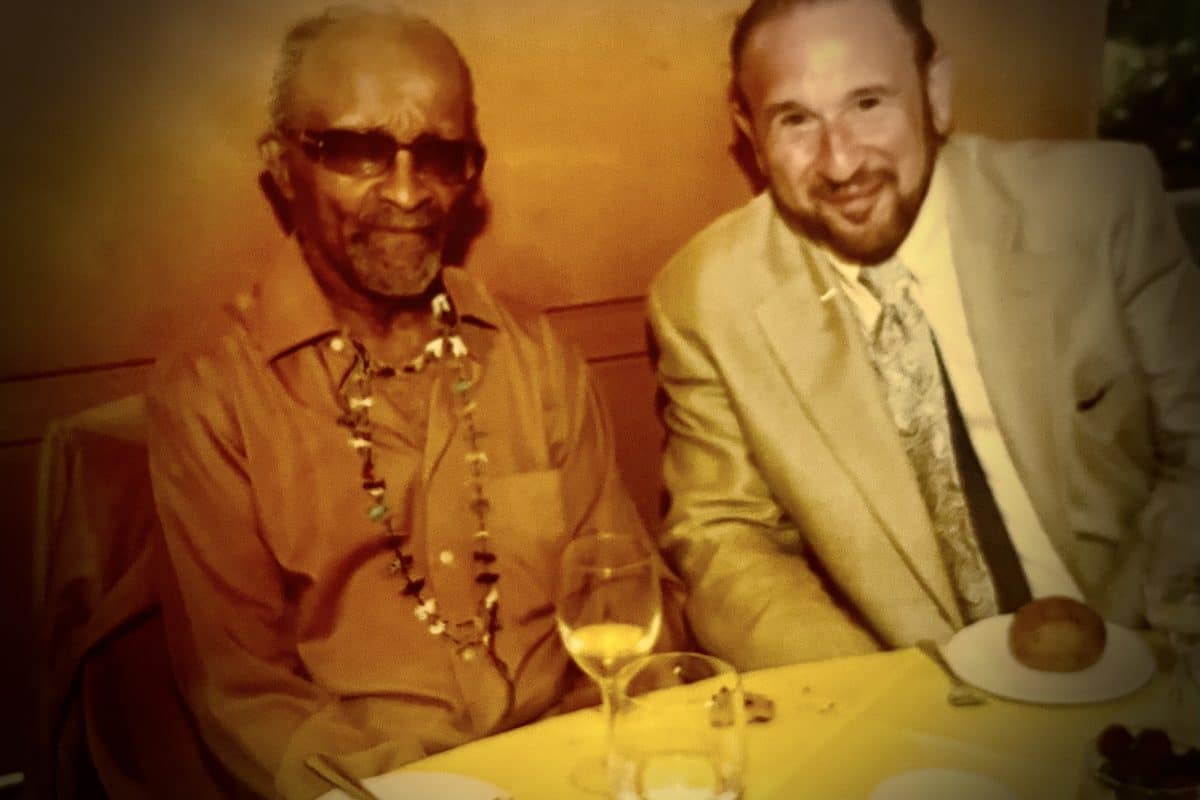
I was a 14-year-old Lafayette High School junior in 1964 and there was a lot of music in Bensonhurst, Brooklyn. The Mystics and The Passions were the neighborhood doo-wop groups. My inner musical cohort included two Tristano students: saxophonist Dave Liebman, who ran the high school jazz orchestra, and my piano teacher, a Lafayette senior, Mike Garson. We would go to The Half Note, Vanguard, and Birdland.
I would schedule special subway trips to flesh out my fledgling record collection, always picking out some sides that looked interesting. I would often buy based on the cover artwork, especially on Blue Note and Prestige albums. One record caught my attention precisely because it didn’t look like the others, and it featured a musician about whose work I was hungrily curious. It had race cars on the cover. The album was Hard Driving Jazz by Cecil Taylor’s quintet (later on rebranded as John Coltrane’s date). I bought that and At Newport, credited to Taylor and to a band led by Gigi Gryce and Donald Byrd.
When I played them, I was shocked by how deeply I got into “Johnny Come Lately” on the Newport album and “Shifting Down” on the Hard Driving one. What Taylor was doing was amazing. He cut through time signatures and chords like a laser, and he comped for the horns in a most unpredictable way. Pounding highly unorthodox counter-rhythms against the horns and drums, shimmying in unanticipated blasts of dazzling runs and making harmonic substitutions that extended illogically past tonality, Cecil’s contributions seemed oddly refreshing, natural, honestly felt, without grand- standing, and yes, true.
A very hip Lafayette classmate, Irv, got me a volunteer gig working with him as a record librarian for the venerable jazz historian Dr. Marshall Stearns. Dr. Stearns lived off Washington Square and had what seemed like millions of records on all five floors of his house. Irv once jokingly accused him of being a “moldy fig” and Dr. Stearns said, “Oh no, I listen to Ornette Coleman when I’m shaving.” Those were the times.
Back in school, Irv approached me and asked if I’d like to help promote a benefit concert for the Congress of Racial Equality (C.O.R.E.), at Town Hall. The artist was Cecil Taylor. I took on the task with the passion of a zealot. I put up posters designed by trumpeter Bill Dixon in the school hallways and went to the ticket vendors—Birdel’s Records in Bed-Stuy and Wil’s record shop on 125th street to pick up the stickers and flyers advertising the concert. Crackling with righteous enthusiasm, I brought them up to WLIB and dutifully asked Billy Taylor if he would advertise the concert on his program. Taylor gave me a look of anger and disgust and yelled at me, “Why the hell would I want to promote that shit!?” My illusions of a camaraderie shared by a happy artists’ community dissolved.
I located Cecil and told him how excited I was for his upcoming performance. He smiled, nodded his head and said, “Mmmmhmmm.” I bought a ticket and brought two friends to Town Hall. There was almost no one in the audience. Two old ladies who had cheap seats from Norman Seaman’s discount concert listings walked out after two minutes of his playing. I was very upset, initially having thought that the whole world would have shown up, packing the house. A year later, at Cecil’s second Town Hall concert, it wasn’t much better. As stagehands were closing the curtain on him because he continued playing after midnight, I and Burton Greene jumped up on either side of the stage and tried to hold the curtains back. I was a kid, and I saw something messianic in Cecil’s persecution.
Cecil welcomed my company with an indulgence that was generous. I became his friend. I started work at The Record Centre at 41 West 8th Street with my co-clerk, trumpeter Ric Colbeck. Many musician friends of Ric’s would come to the store. When Cecil would drop in, he’d allot to me the bulk of his conversation and with thoughtful respect he would talk to me patiently about music.
When I was 16 or 17, Cecil was rehearsing in his friend Frank’s Chelsea apartment, and he graciously tolerated my company. As a poor pianist myself, I was awed not only by Taylor’s musical brilliance but his incredible stamina. He would allow me to sit under his piano while he practiced. After a five-hour continual practice session I asked him how he could play for five hours and make the entire session seem as if it were one continuous, logical piece. His answer has remained with me to this day. He said, “If the music is true, the form takes care of itself.”
Having been trained as a formalist painter, these words would in time chip away until they shattered my suppositions as to what constituted aesthetic resolutions in art. I still recall those words to see if my paintings will pass a polygraph.
One of the repertoire of anecdotes that Cecil liked to tell goes like this: He was playing the Café Montmartre in Copenhagen and some guy with a horn was pestering him, before and during every set, asking to sit in. Cecil rebuffed this guy and finally, after numerous pleadings, at the end of the last set he let the guy onto the stage. And then Cecil would say, slowly, as his eyes rolled upward and as a smile of satisfaction and self-recrimination crept across his face, having been suitably blown away, “and that was… Albert Ayler.”
Cecil indicated that he learned humility from that experience, and the idea that one should listen to and respect everyone. From Cecil I learned to throw preconceptions and expectations in the trash and give everyone credit for their desire to make art. He was a caring friend. Because his mentorship eliminated previous notions I had about artistic correctness, I’ve since gathered much from observing artists whose work might be considered naïve, untrained, kitschy or out-of-fashion. I look for their passion, their necessity. Years later, verifying Cecil’s example, the great painter Philip Guston was fond of saying to me, “the artist should not want to be right.”
My own work has been called by critics “hard to pigeonhole.” Cecil’s uncorruptible rectitude, his defiance, without a hint of anger, for his lifetime of being rebuffed, is a high mark to which I can only aspire. Some of my colleagues accuse me of being too prolific a painter. From Cecil I learned that transmissions are emanating 24/7, and my only job is to take the dictation and transcribe it. When you’re not at your reception desk, you can’t take notes.
Cecil’s music wasn’t entertainment or even admirable by received musical standards. It has no parallel despite the common comparisons to, say, Ornette Coleman and John Coltrane. Free of the pretense of intellect or reference, it rejects its apparent sophistication as a misreading of costume. His music kneels to wash the feet of any passersby who stops to engage his offerings—a transcendent tonic, a medicine, curing cynicism and honoring the human spirit. His legendary technical prowess was never used to preen or to suck admiration. It was his tool for the extraction of an unfiltered affection, delivered at the inception of its impulse.
In my studio, it is his standards to which I look in the futility of emulation. Picasso said that some artists paint the sun and it is a yellow spot, and some artists paint a yellow spot and it becomes the sun. Cecil made the sun.

